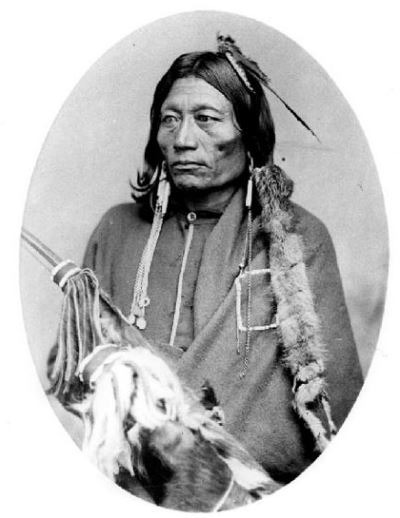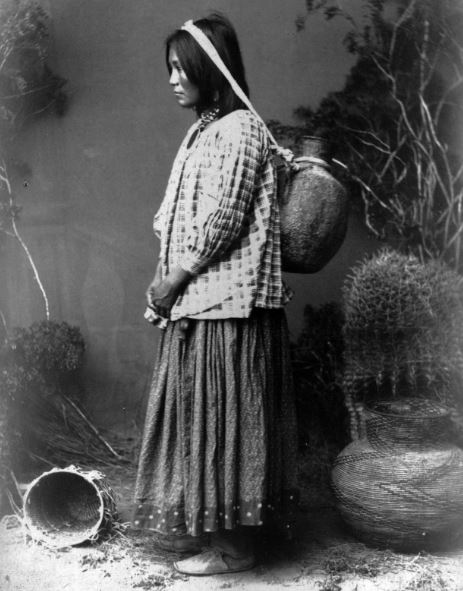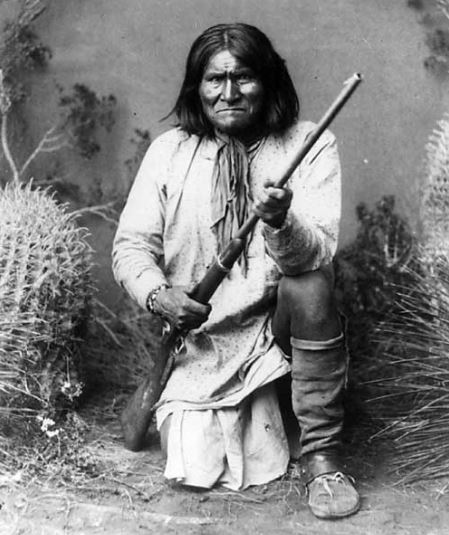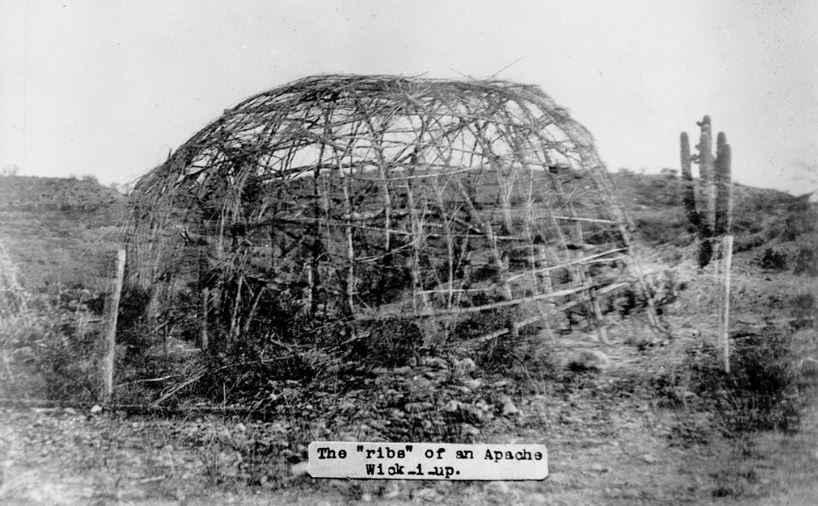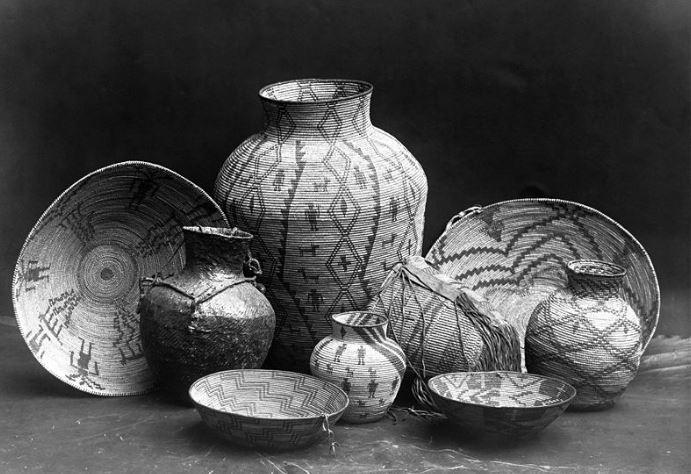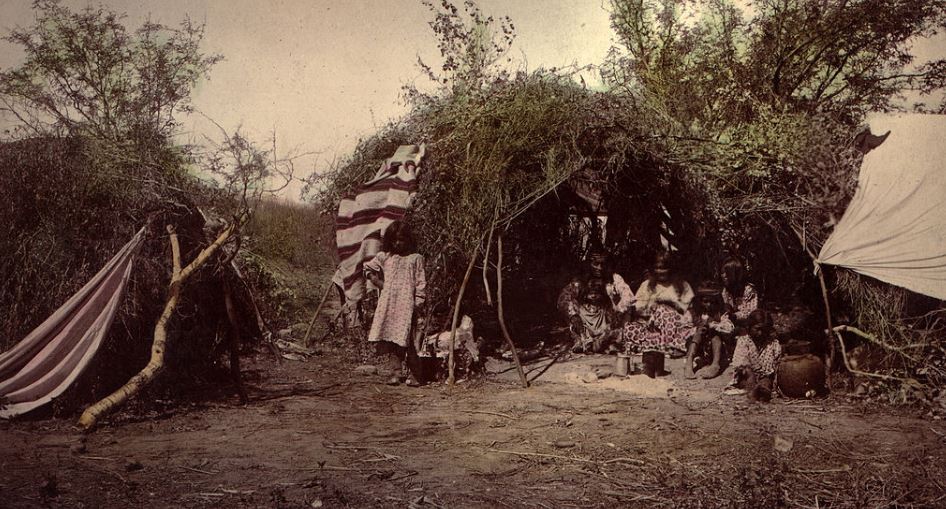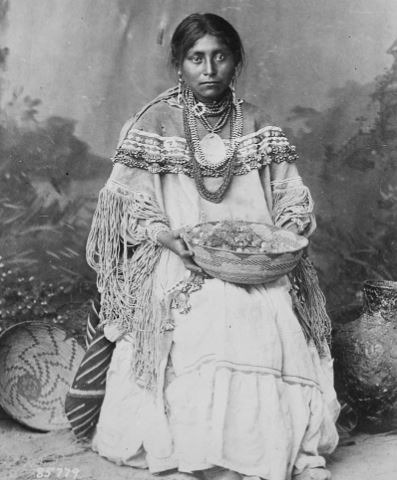It is impossible to deny that Native American history has significantly impacted the history of Texas and the entire United States. The Apache Indians claim to have had a more significant impact on the American West. The Apache Indians were great warriors who refused to surrender their land even as the odds against them grew.
Who are the Apache? The Fiercest Warrior of the Southwest
The term Apache refers to a group of people from the Southwest who collectively speak dialects of the Athapascan language as “Apache.” Centuries ago, in western Canada, the Apache split from the Athapascan and moved to what is now southern America. Many historians and archaeologists believe that the Southern Athapascan peoples first came to the Southwest just decades before the arrival of the Spaniards in the 15th century.
A Pueblo group called the Zuni gave them the moniker Apache, which means “enemy.” But the Apache call themselves Tinneh, Tinder, Dini, and other terms, all of which imply “the people” in their native language. It has long been known that the Apache people have lived in the high mountains, sheltered, and watered valleys, and the Great Plains of eastern Arizona, northwestern Mexico, west Texas, and southern Colorado. Apacheria is the collective name given to these regions because of their importance.
The Apaches were nomadic people who moved around a lot, never really settling down anywhere. Buffalo meat and their hides were their primary sources of food and clothing. They’re credited with being one of the earliest peoples to master horsemanship.
By 1700, the Kansas plains had become home to most of the Apache Indians. Watermelon, beans, and corn were some crops they grew to survive on the plains. While males hunted and raided, women foraged for food, wood, and water to feed their families and communities. Western Apache was polygamous and matrilineal; most groups traced their lineage back to both parents.
For shelter, the women of the tribe built wickiups, simple brush shelters well-suited to the area’s desert climate and frequent influx of new tribes to live among. Some families lived in buffalo-hide teepees, particularly among the Kiowa Apache and Jicarilla tribes of the Southwest. Apache bands were traditionally made up of extended families, with a headman picked for his leadership qualities and military prowess. For millennia, they were ferocious warriors who waged attacks on those who intruded on their land.
To the Apaches, religion was an essential aspect of their life. They believed in a pantheon of mountain spirits known as the gans, who had a role in religious rituals such as healing and puberty ceremonies, as well as the Giver of Life, Ussen (or Yun). A group of men dressed up as ga’ns, wearing kilts, masks, towering wooden-slat headdresses, and body paint, armed with wooden swords.
Towards the second half of the 16th century, the long-established Pueblo peoples and the Southern Athabaskan people began trading for bison meat, hides, and stone tool materials. Generally, relations between Apache and the Pueblo were harmonious; however, this altered when the Spaniards came into the picture. In the mid-1500s, the first Spanish invaders drove north into Apache territory, breaking the Apache’s trade links with other tribes in the area. As the Spanish discouraged trading with the Apaches and obliged the Pueblos to work their farms, the once pleasant trading relations with the Pueblos soured. Because of lack of interest from the Pueblos in trading with Apaches, the nomadic Indians turned to raid for horses and other necessities.
The Battle Between the Apache Tribe and the Spaniards
It wasn’t until 1541 when a group of “Querechos” was encountered by Francisco Vázquez de Coronado and his troops as they made their way to Quivira. In 1598, when New Mexico became a Spanish province, Apache Spaniard tensions rose. Slave traders in northern Mexico were a source of contention with the Spaniards, who forced the natives to work in the silver mines of Chihuahua. On the other hand, the Apache raided Spanish communities to snatch cattle, horses, weaponry, and hostages. New Mexico’s Spanish settlers and Pueblo Indians were subjected to constant Apache attacks between 1656 and 1675. Drought and harsh Spanish control, along with missionary work, sparked a Pueblo Indian insurrection in New Mexico in 1680. Spanish conquest of Apache territory began around 1730. Long and deadly fights often resulted in many casualties.
It was not until Spanish leadership in Texas in 1743 that the Apaches were granted land designations that finally settled the conflict over Texas. It is said that Apache chiefs buried hatchets to signify the end of hostilities in 1749, which gave rise to the term “bury the hatchet.” Eventually, the Apache Indians and the area’s white men formed a close relationship. When things started, the Apache felt safe and secure. However, raids resulted in their citizens’ deaths and the seizure of their belongings and animals.
The Battle Between the Apache and the Comanche
During the Spanish conquest of New Mexico in 1692, the Apaches were a formidable tribe of horseback Indians who could raid wherever pleased. However, the Apaches’ reign of terror was brief. New, potentially powerful Comanches from the north began to pressure the Apaches because of their aggressiveness. Comanche and Wichita Indians were the dominant force on the South Plains in the early 1700s. On top of that, Apaches had never wholly integrated into Plains society. It wasn’t long before they started building huts and cultivating fields of corn, beans, and pumpkins in their rancheras. Their effort to increase their food supply through farming was a crucial factor in their defeat. The Apaches stayed on their fields twice a year, during planting and harvesting. Because of this, the Comanches were able to carry out devastating attacks against Apache towns.
The Comanches got more assertive, and the Apaches became weaker after every successful raid. Because of their exile from Pueblo territory intensified their attacks against Pueblo and non-Pueblo settlers for food. After bloody battles between some Apache bands and the United States military authority, the Apache were pacified and relocated to reservations.
The Apache After the Wars
In 1873, a reservation was initially formed near Fort Stanton, New Mexico, for these people. Another reservation was established in Otero County 10 years later, virtually entirely located in Otero County. They later welcomed other Apache tribes and the Chiricahua and Lipan Apache prisoners held at Fort Sill, Oklahoma. More than 3,000 people belong to the Mescalero, Lipan, and Chiricahua subtribes. Many people remain on the reservation, which covers an area of 720 square miles and was formerly the heartland of their ancestral country.
Among the most important economic drivers in the region are cattle ranching, travel, and tourism. In the 2000 census, 57,000 people described themselves as Apache alone; an additional 40,000 persons listed themselves as Apache-in-the-parents. Many Apache people live on reservations in Arizona and New Mexico. Agriculture, cattle herding, and tourist-related enterprises contribute significantly to the local economy. Traditions like mountain spirit dances coexist with modern American values in the Apache way of life of the modern age. On those reservations today, Apache people are actively working to preserve the traditions of their ancestors. Even though they are immensely proud of their history, they have moved on to modern ways of living.

